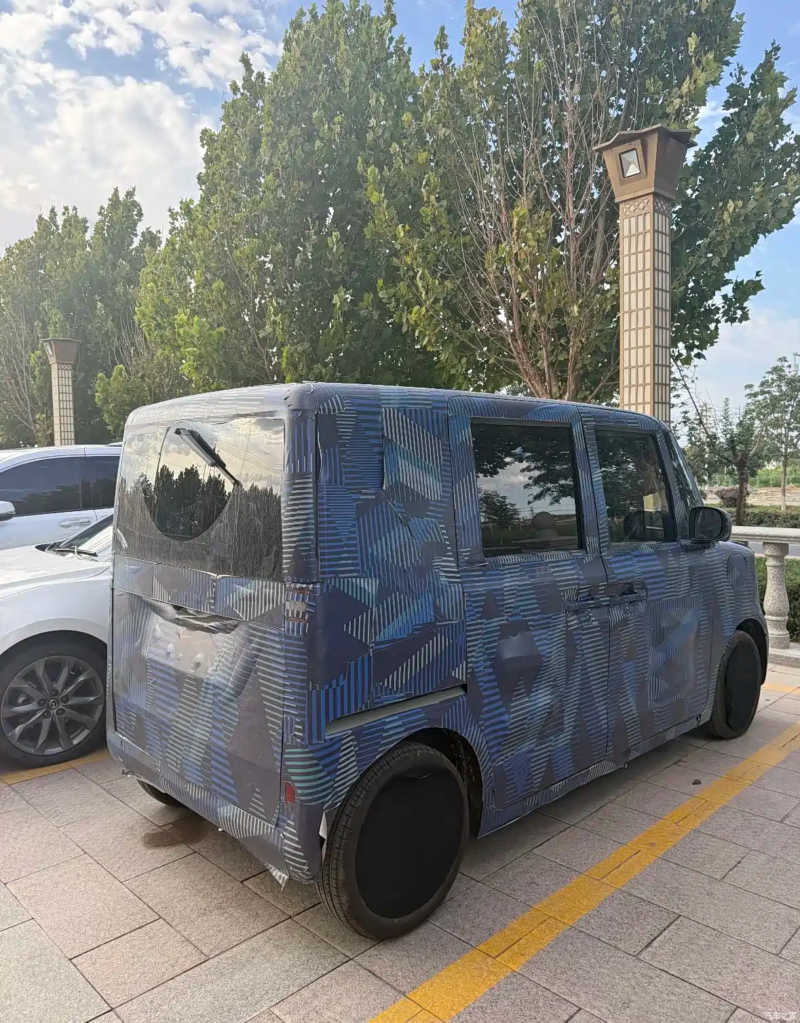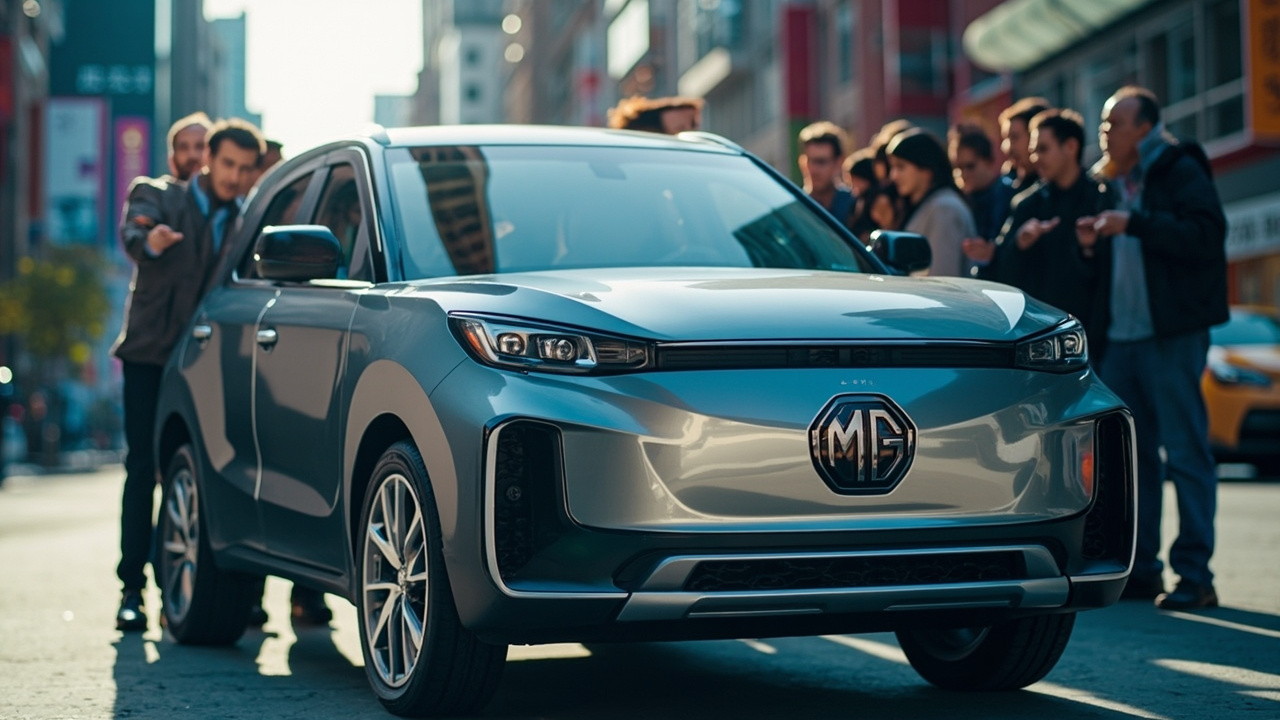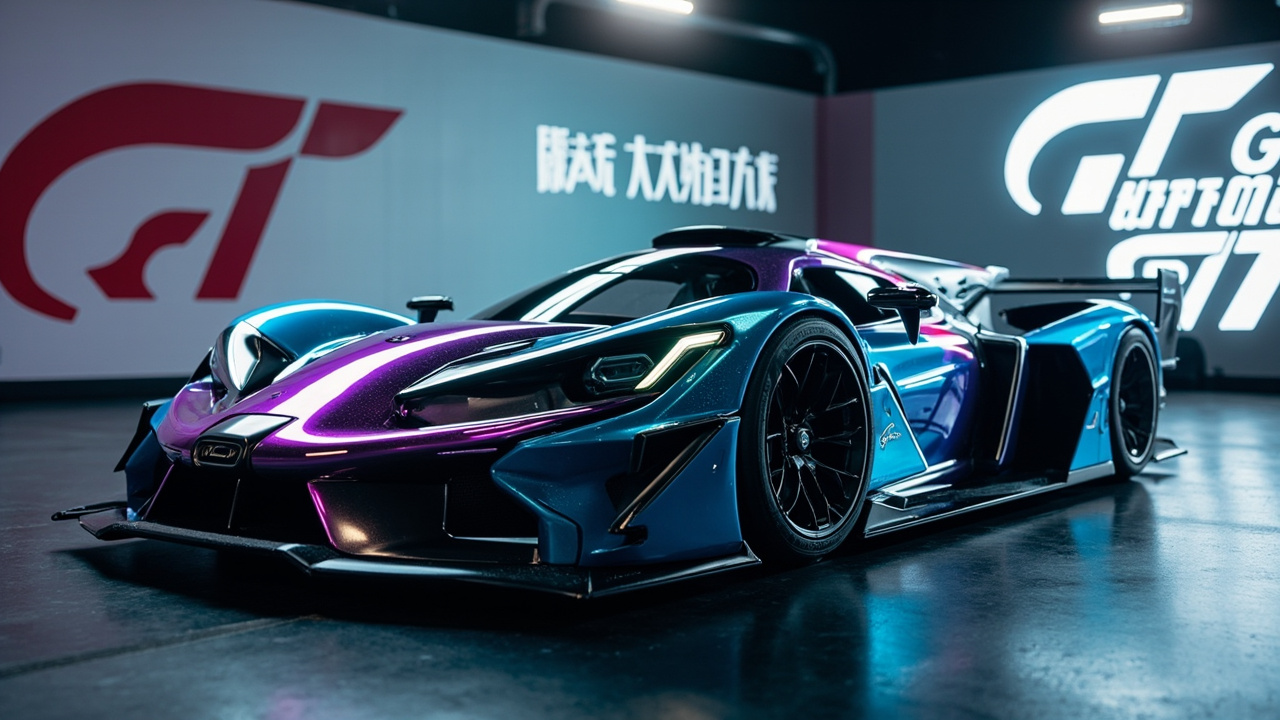Tesla's Optimus AI Lead Ashish Kumar Departs for Meta
Reports on manufacturing, labor and earnings with clear, practical context. Drives a Tesla Model 3 RWD; family hauler is a Volvo XC60.
In a surprising move, Ashish Kumar, the lead of Tesla's Optimus AI team, has announced his departure from the company to join Meta as a Research Scientist. This decision has sparked confusion and curiosity among Tesla enthusiasts and industry watchers alike.
Ashish Kumar, who has been with Tesla for over two years, took to X to share his decision of transitioning from Tesla to Meta. His departure comes at a time when Tesla's humanoid robot project, Optimus, is gaining momentum. Kumar's contribution to the project, particularly his focus on scalable methods using reinforcement learning and learning from videos, was pivotal. He highlighted that AI is the key to unlocking the potential of humanoids, signaling the importance of his role in the project. His announcement, however, left many Tesla fans puzzled as they questioned the rationale behind leaving a high-profile role at Tesla for a position at Meta. Speculations ranged from financial motivations to a desire for a better work-life balance. Kumar addressed these assumptions, stating that financial reasons were not a factor in his decision, suggesting that other motivations, perhaps personal interests or new challenges at Meta, might have been at play.
The reaction from the Tesla community has been mixed. While some expressed disappointment, others were grateful for Kumar's contributions and wished him well in his future endeavors. The departure of a key figure in the Optimus AI project raises questions about the future direction of the program. However, Tesla is no stranger to high-profile departures and has a history of continuing its innovative projects with new leadership. The company is expected to appoint a new lead who will carry forward the vision of the Optimus project, ensuring that its development continues to progress.
Kumar's move to Meta, a company known for its ambitious investments in virtual and augmented reality technologies, could potentially align with his interests in AI and scalable learning methods. Meta has been expanding its research capabilities, and Kumar's expertise could contribute significantly to its projects, possibly in areas related to AI-driven interactive technologies. This transition highlights a broader trend in the tech industry where talents often move between leading companies like Tesla and Meta, driven by the pursuit of new challenges and opportunities to innovate.
Tesla, meanwhile, continues to face its own set of challenges and opportunities. The Optimus project, envisioned as a humanoid robot capable of performing tasks that are dangerous or mundane for humans, remains a key component of Tesla’s broader AI strategy. Despite Kumar's departure, Tesla's commitment to advancing its AI capabilities remains steadfast. Elon Musk has consistently emphasized the transformative potential of AI and robotics, and the company is likely to continue its investments in these areas.
As Kumar embarks on his new journey at Meta, the tech community will be watching closely to see how his expertise influences Meta’s projects. His departure also serves as a reminder of the dynamic nature of the tech industry, where talent mobility often leads to cross-pollination of ideas and innovation. For Tesla, the focus will be on maintaining momentum in its AI and robotics endeavors, ensuring that the Optimus project continues to evolve and align with the company’s long-term vision.
About Priya Nair
Reports on manufacturing, labor and earnings with clear, practical context. Drives a Tesla Model 3 RWD; family hauler is a Volvo XC60.



